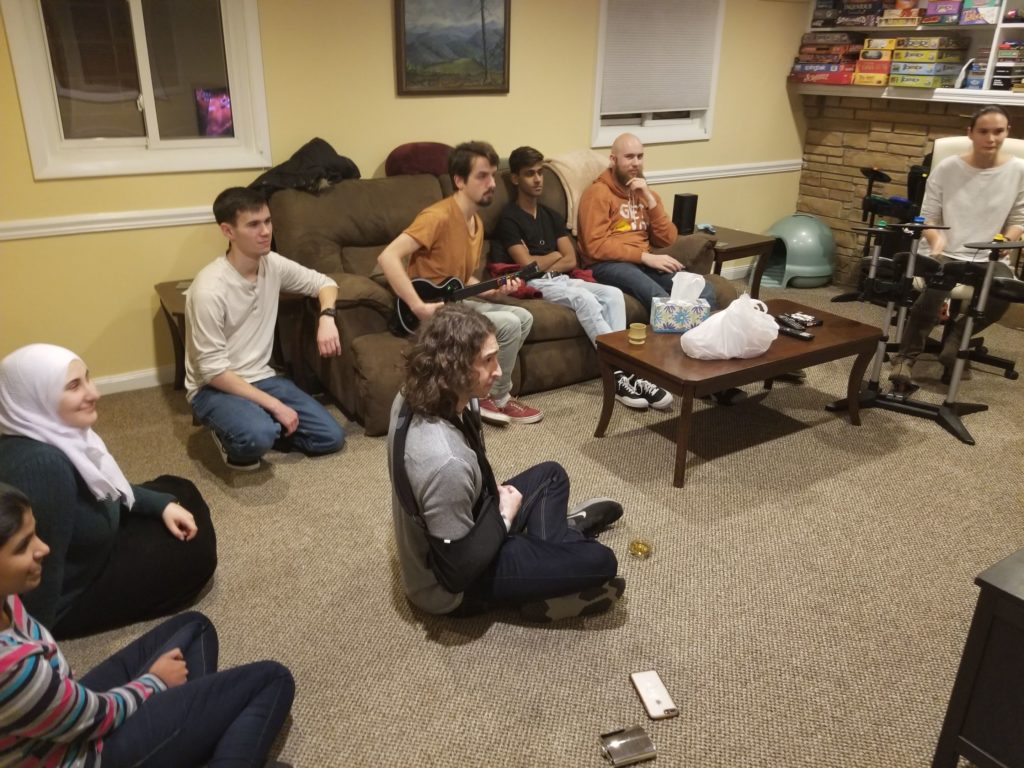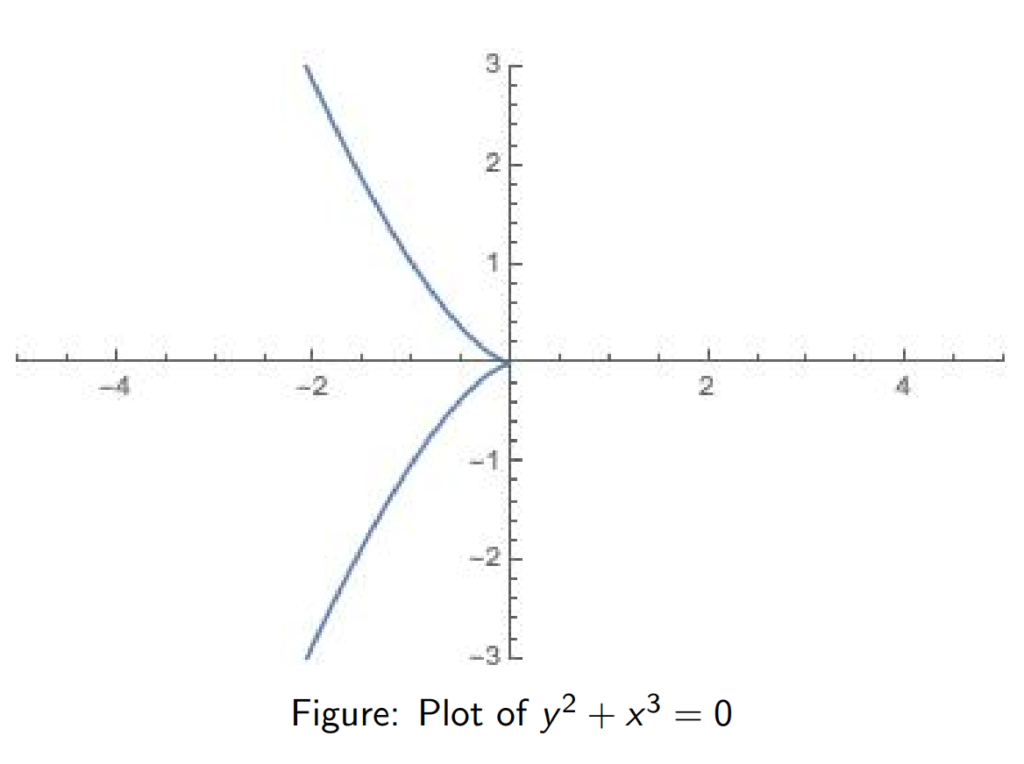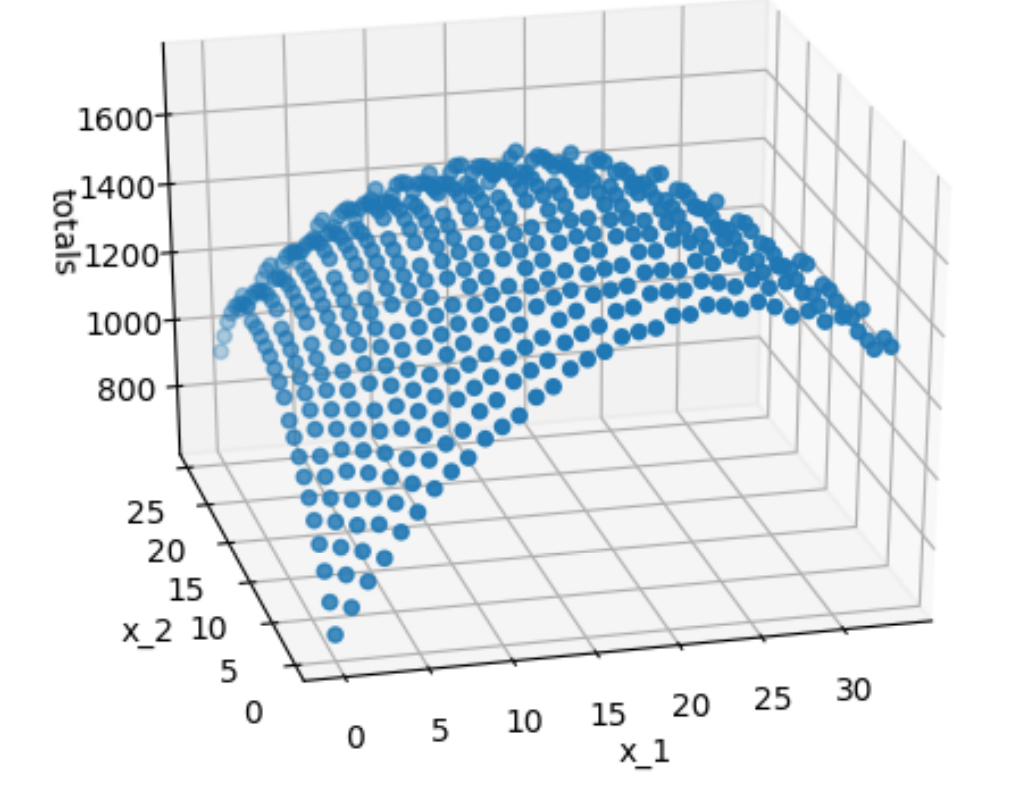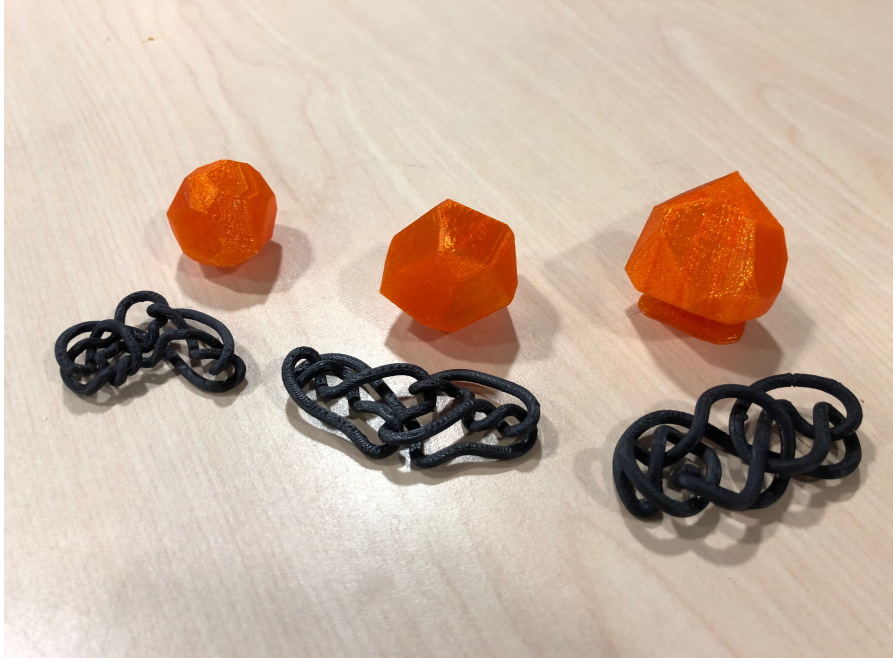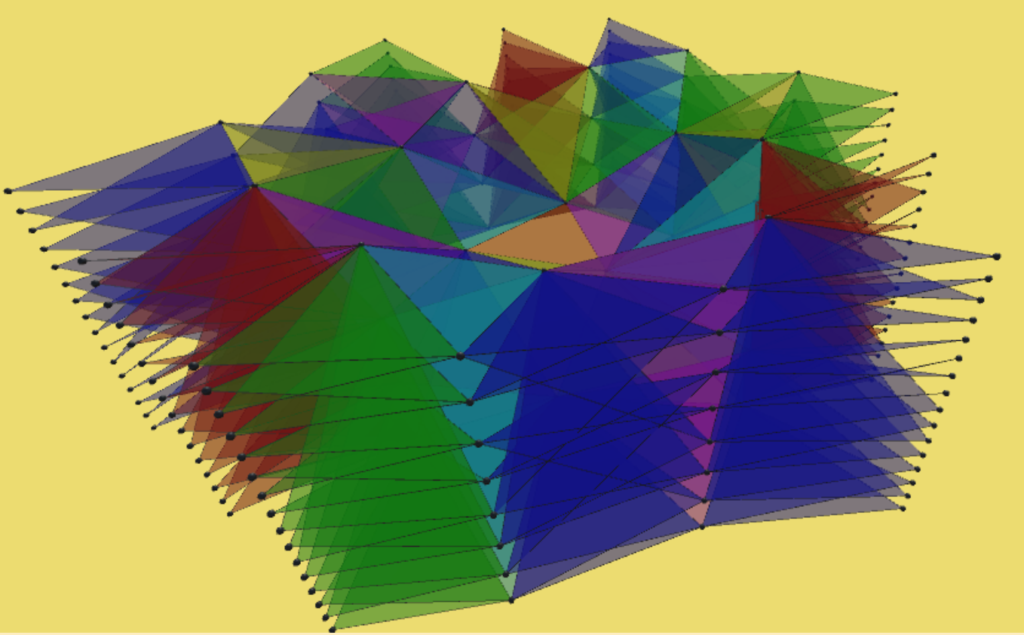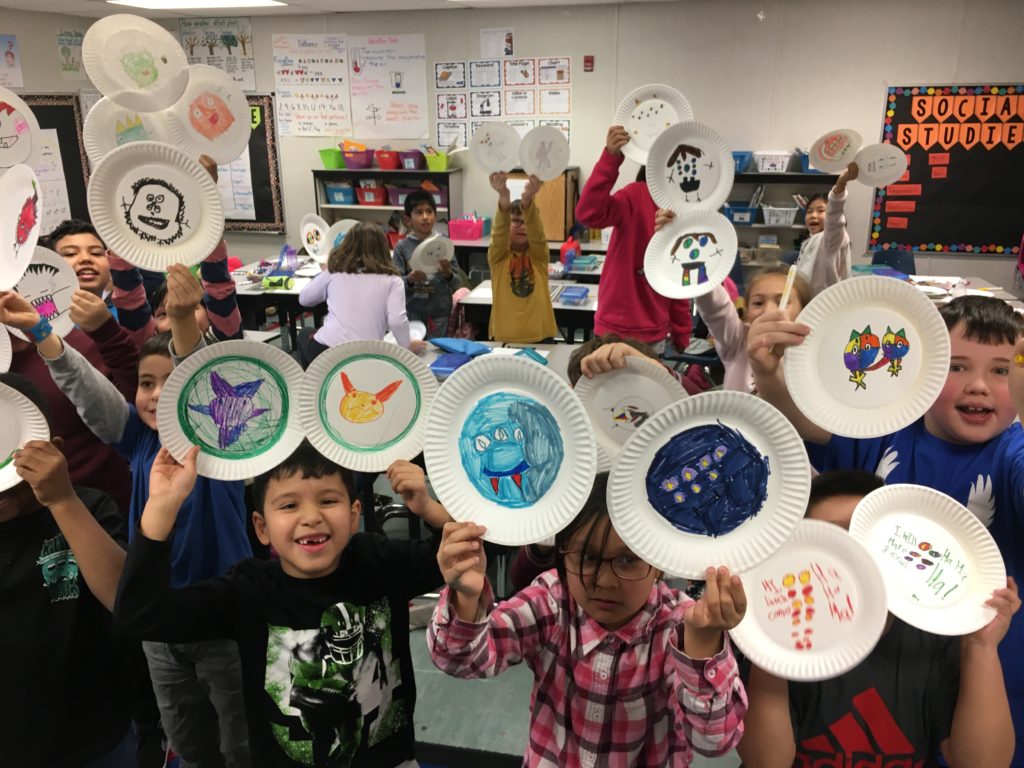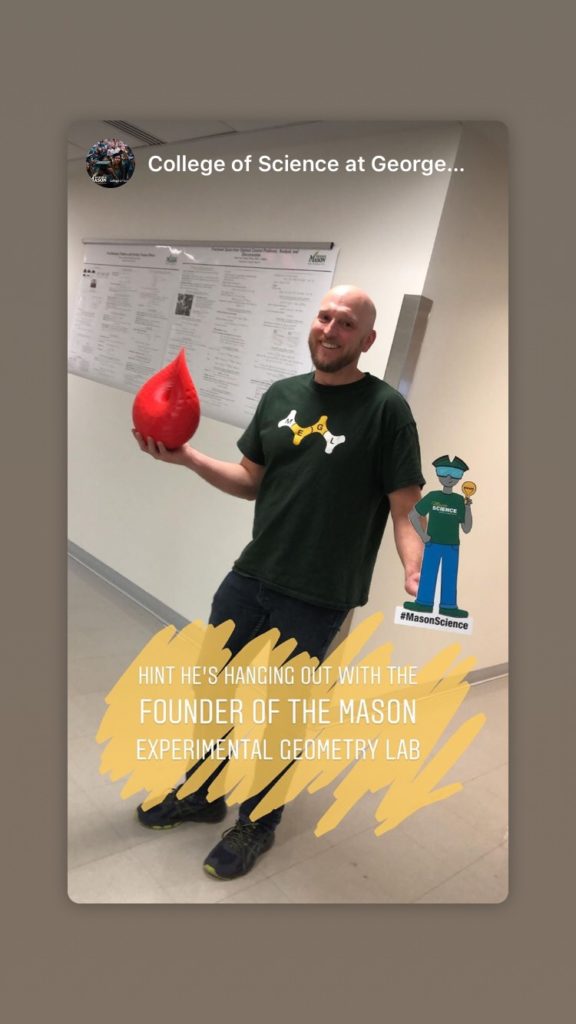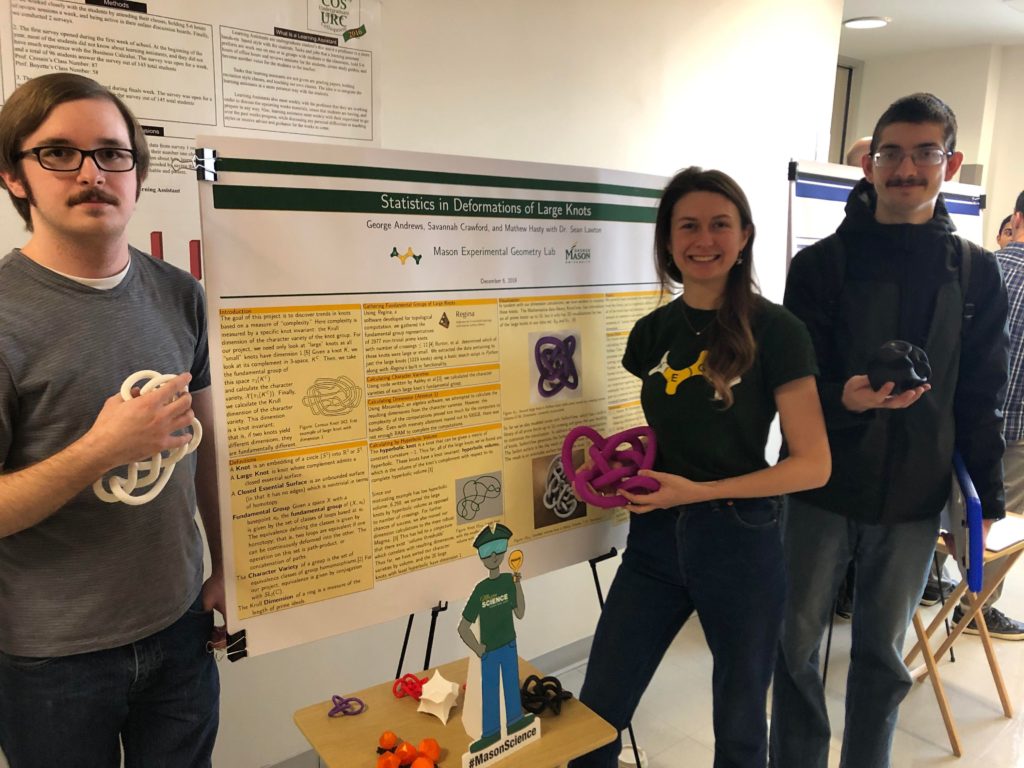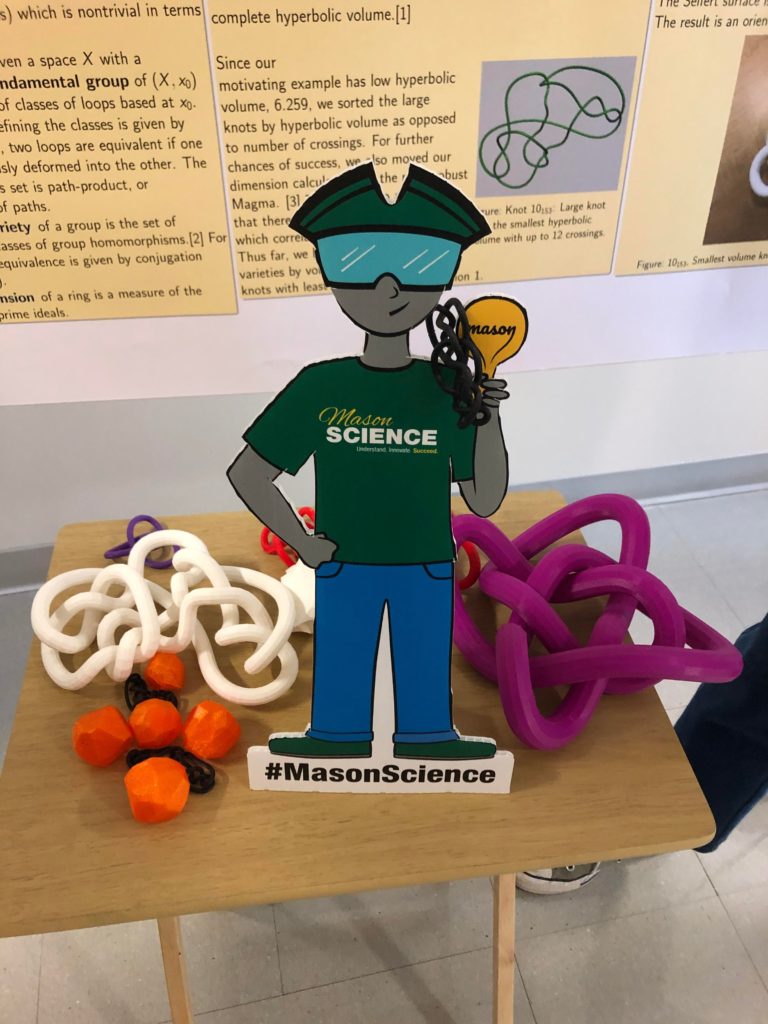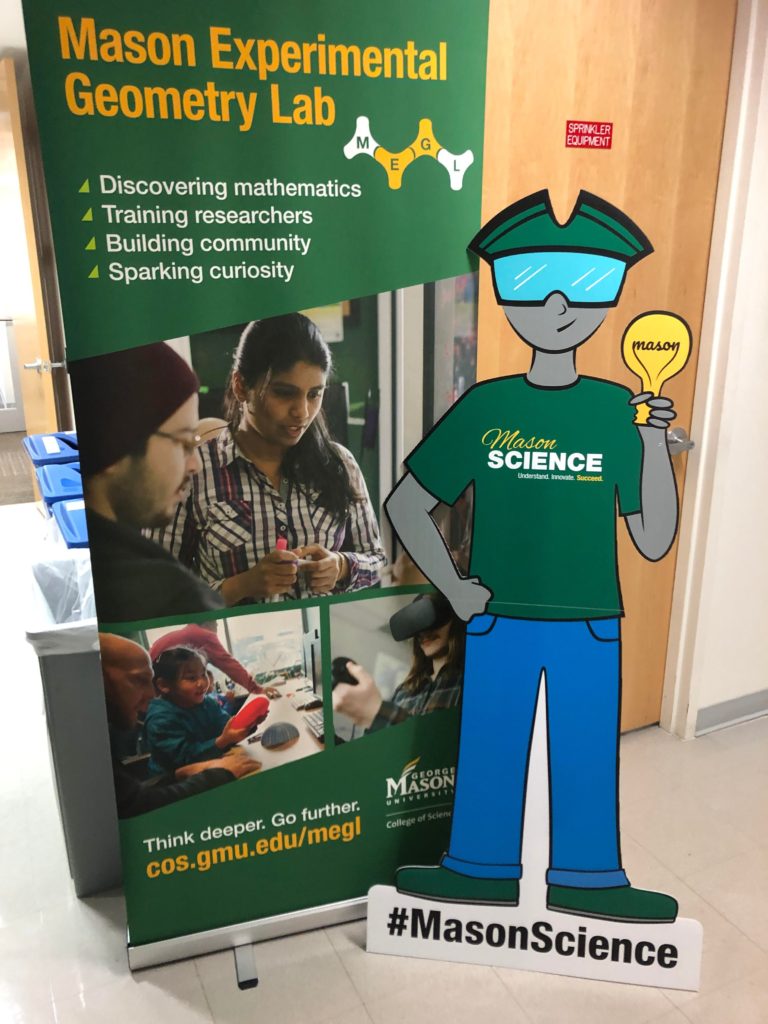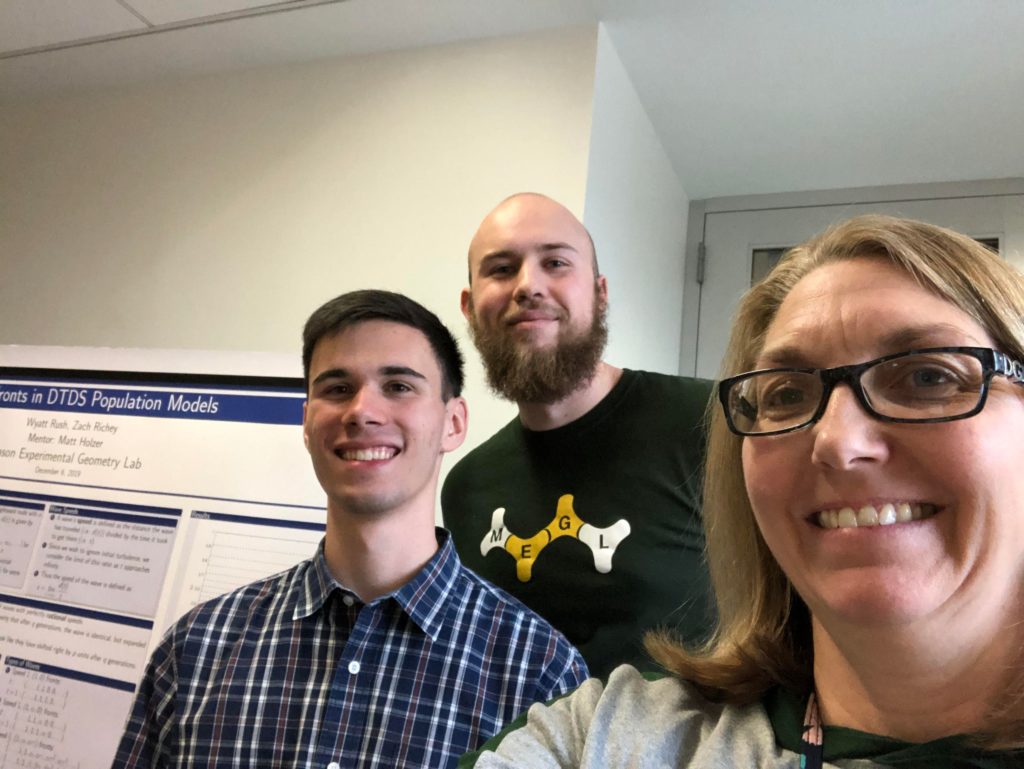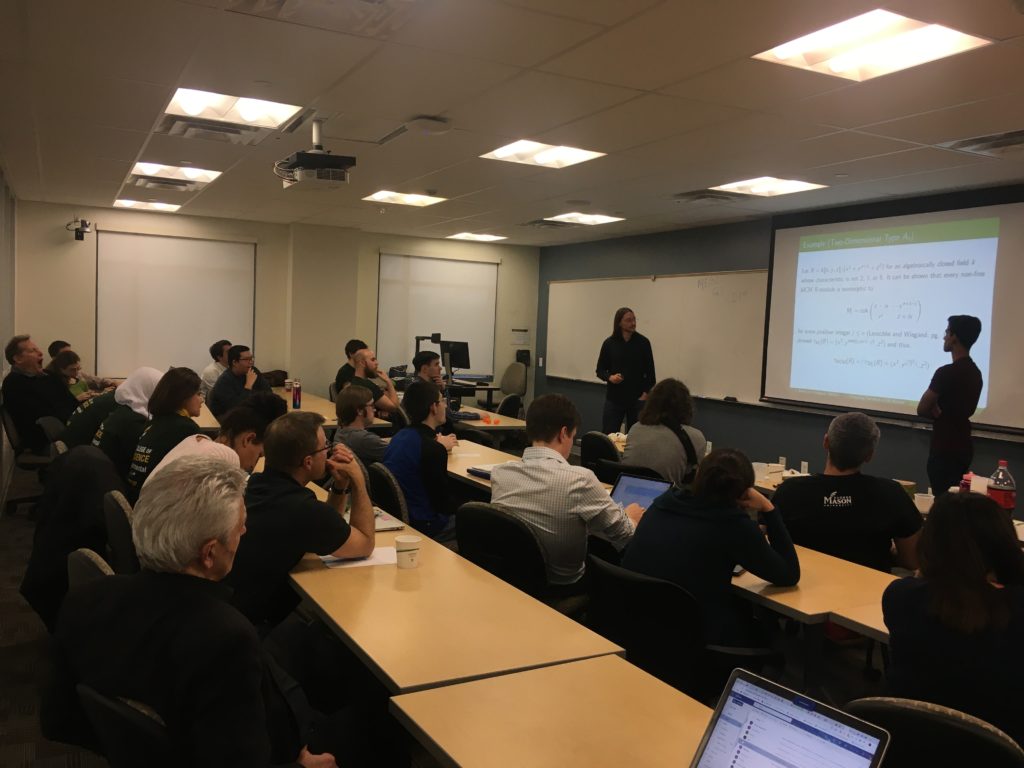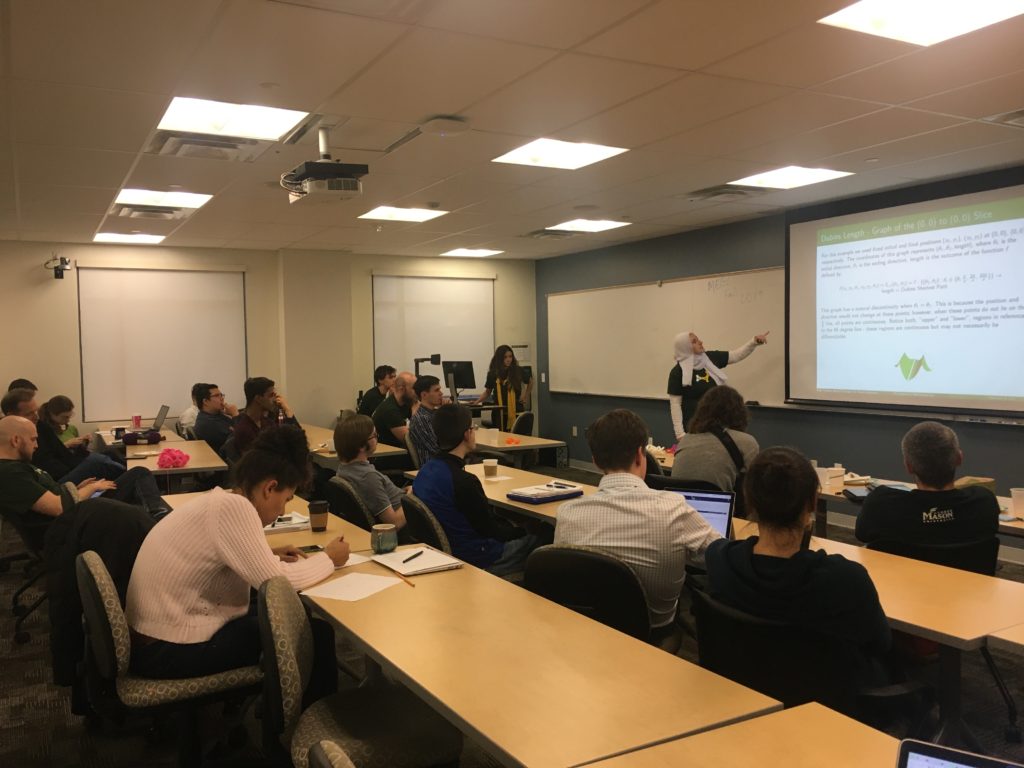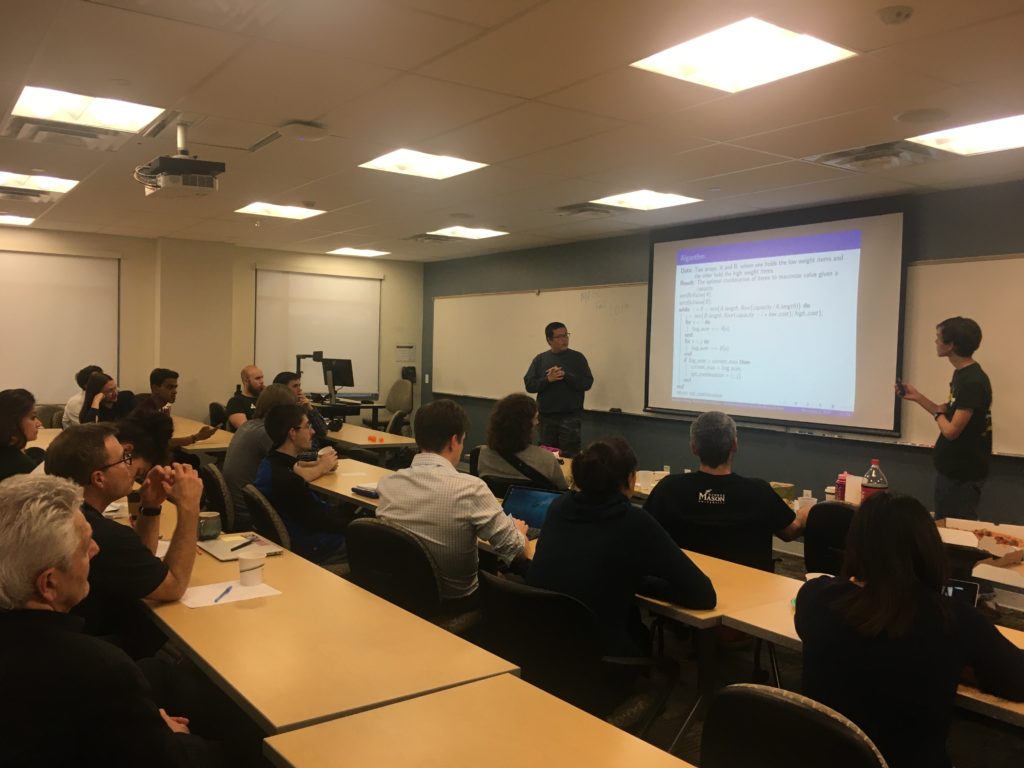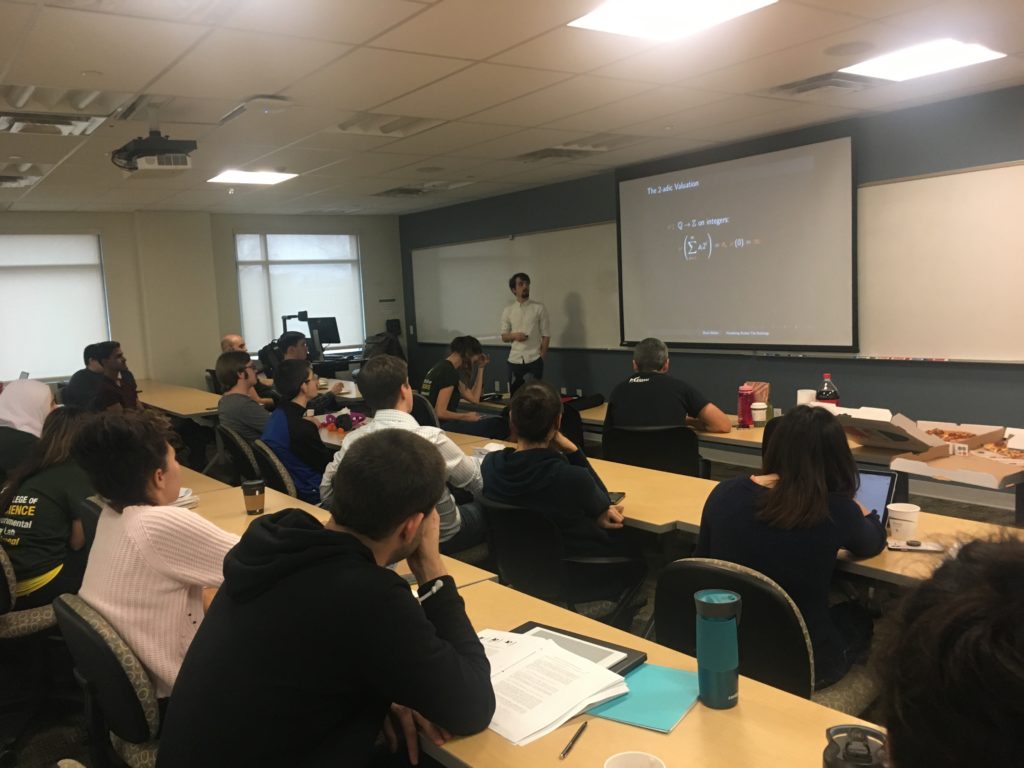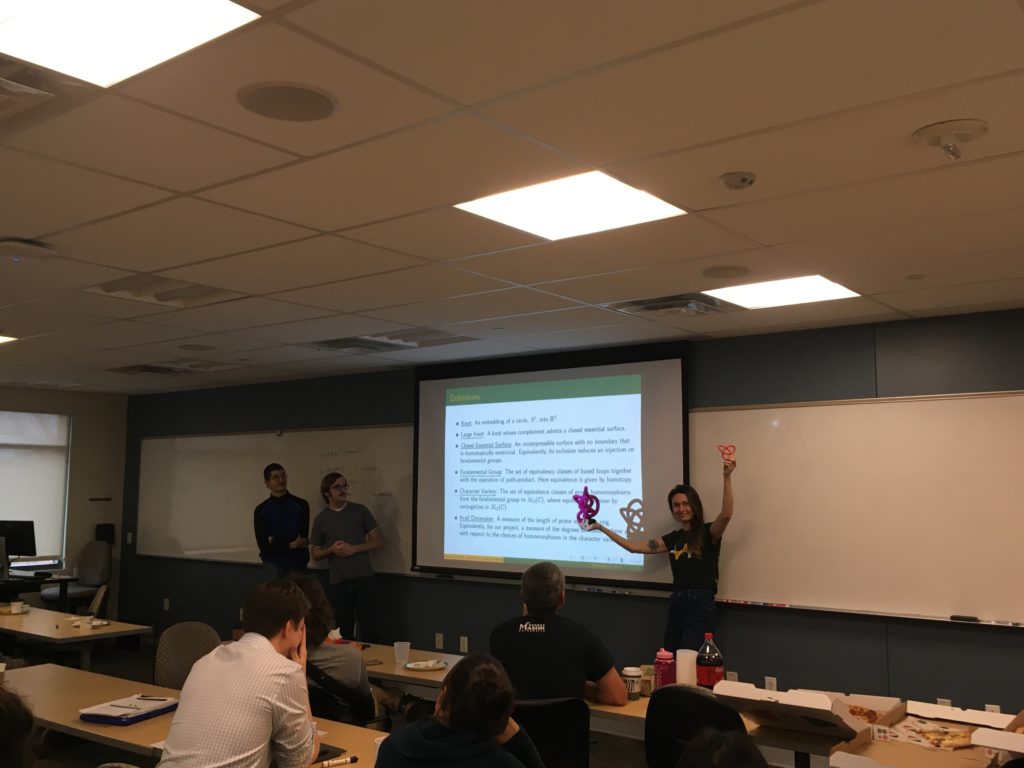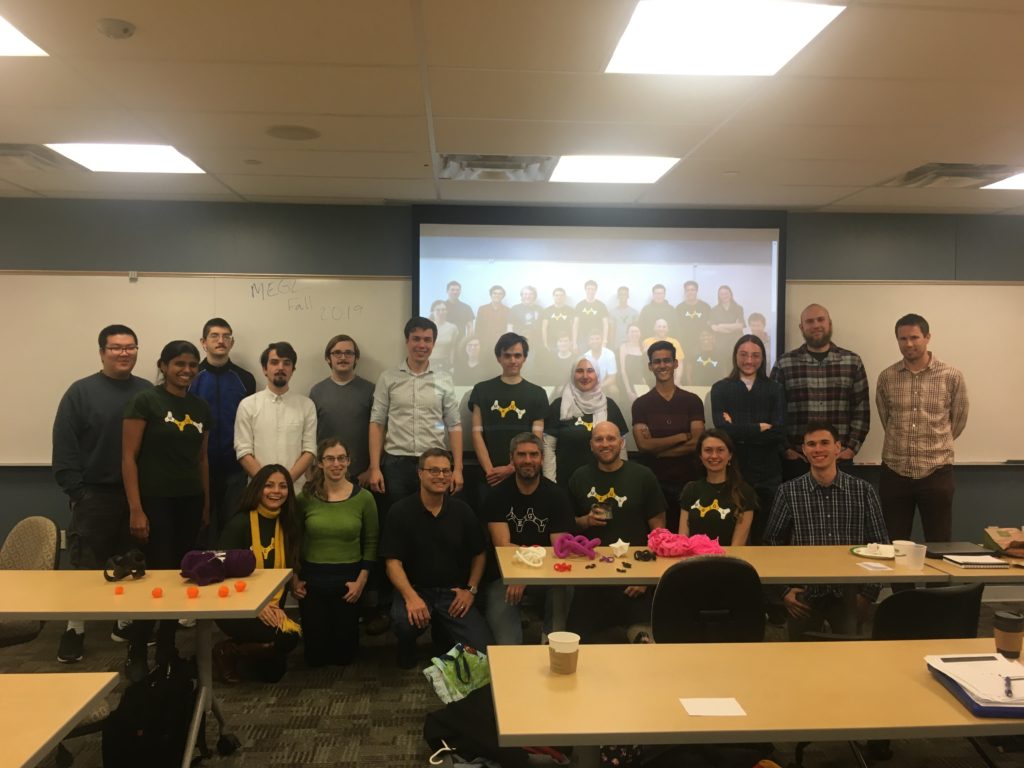
During Fall 2019 MEGL ran a 7 project program with 19 participants (faculty, graduate, and undergraduate students). The six research/visualization groups were titled:
- Computations of test ideals of Big Cohen-Macaulay modules,
- Wave Fronts in DTDS Population Models,
- Decision in Finance from the Knapsack Point of View,
- Statistics in Deformations of Large Knots,
- The Geometry of Self-Driving Cars, and
- Visualizing Bruhat-Tits Buildings.
Additionally, there was one public engagement group which we refer to below as Outreach. The research/visualization groups engaged in experimental explorations involving faculty, graduate students, and undergraduates. Teams met weekly to conduct experiments generating data, to make conjectures from data, and to work on theory resulting from conjectures. The outreach group involved faculty, graduate students, and undergraduates to develop and implement activities for elementary and high school students that were presented at local schools and public libraries. We concluded with an end of term symposium and a poster session (scroll down for pictures).
Poster Session Pictures
Symposium Pictures
MEGL/TADS End of Semester Party Pictures

